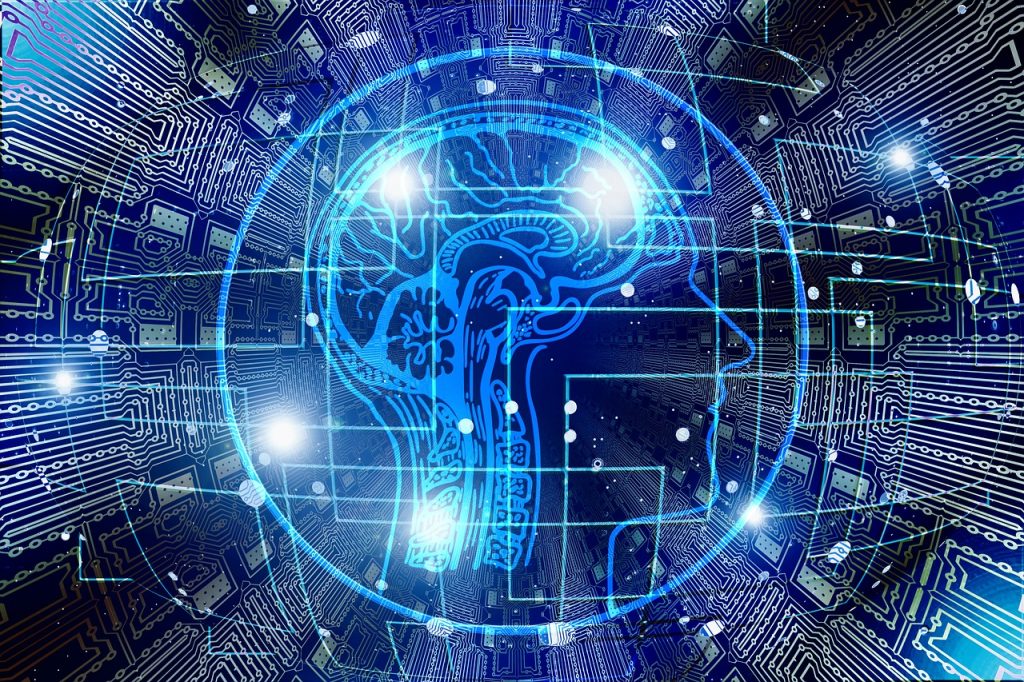From some time ago We are discussing various open source alternatives that both authorities, professionals and private users can use in times of crisis. These days we are dedicating ourselves to describing tools; web services and programs that may be useful for creating educational content.
The following article will be focused on operating systems. Since it is likely to arouse interest from people who are not regular readers of Linux Adictos, I consider it convenient to dedicate this to reviewing some introductory concepts. If you are familiar with Linux, you can safely skip it.
What is an Operative System
An operating system it is the main software that manages all the hardware and other software of a computer. Among other things it handles the input and output devices. Do this using written device drivers by hardware manufacturers or third parties to facilitate communication with those devices. On the other hand, provides libraries and programming interfacesn of applications that developers can use when writing programs for a particular operating system.
The operating system acts as an interpreter between running applications and hardware, using hardware drivers as interpreters between the two.
let's give an example
Suppose a user has an Internet browser, a word processing program, and a drawing application installed. These three programs include the printing function. However, If the developers of each of these programs had to create a routine for this function, the development time would be lengthened and the necessary storage space would increase.. Especially since the procedure would have to be repeated for each function of the program and for each hardware device available on the market.
If the user wanted to print a web page, a document and a drawing at the same time, each application having a different printing routine, a bottleneck would be created.
What actually happens is that cEach of the applications tells the operating system that it wants to print something. The operating system sends the requests to the printer driver, and the driver in turn sends them to the device.
The kernel or kernel
The kernel is the heart of a computer's operating system. It is the first program to load, and it handles all the fundamental functions of the computer.
It is responsible for allocating memory, converting software functions into instructions for the computer's CPU, and managing the inputs and outputs of devices hardware. The kernel generally runs in an isolated area to prevent it from being manipulated by other programs on the computer.
Although, from the user's point of view it seems that in the kernel all the tasks are executed simultaneously, andn are actually done sequentially. The operating system dedicates a certain amount of time to each task and moves on to the next one on the list.
It is possible that reading the description, this methodology seems inefficient. However, it is she that allows us to do several tasks at the same time such as writing in the word processor and listening to music. Latency is the time it takes for the system to complete a task. Low latency kernels prioritize task requests that have external sources such as inputting audio and video signals or playing virtual musical instruments.
Linux distributions
If you kept reading this far, you are probably wondering what all this has to do with the creation of educational content.
It is because in the next article we are going to introduce operating systems for special purposes.
Unlike Windows and Mac, Linux is available in the form of distributions.
If you buy a Mac, you buy a combination of built-in and developed hardware and software. If you install Windows on your computer, all components of the operating system will be developed by Microsoft. In the case of a Linux distribution, what you have is a package of components from different sources
Some of them are:
- The Linux kernel.
- System utilities developed by the GNU project.
- Device drivers created by manufacturers or by third parties applying reverse engineering.
- Graphic server.
- Window managers.
- Desks
- Software collection.
Depending on the combination of programs that is made, these distributions may serve general purposes or for specific uses such as multimedia production, computer forensics, games, etc.

Interesting article, now a question comes to my mind. Could it be said that a GNU / Linux distribution is an operating system? I remember that once @belinuxo on Twitter said that to be considered as such it should be built from scratch including the Kernel, so for example, Ubuntu was not an operating system.
None of the definitions that I consulted of operating systems puts the condition of being developed from scratch. In my opinion it would be like saying that Windows XP was not an operating system because a large part of its components came from Windows NT,
In my opinion, any GNU / Linux distribution is an operating system because of the functions it fulfills.
Thanks for your comment.